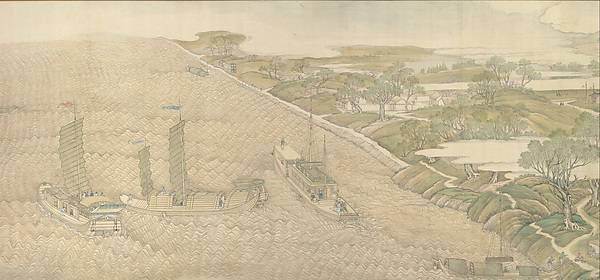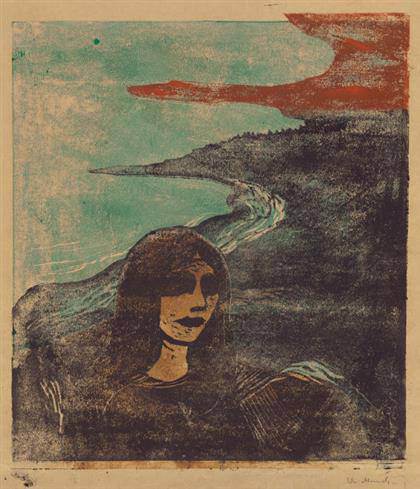
Xu Yang (Chinese, active ca. 1750–after 1776) and assistants: The Qianlong Emperor’s Southern Inspection Tour, Scroll Four. Image courtesy of the Metropolitan Museum of Art (www.metmuseum.org)
Landscape Traditions of China at Metropolitan Museum Showcasing more than 120 Chinese landscape paintings in three rotations, ‘Streams and Mountains without End: Landscape Traditions of China’ explores the many uses of landscape in the Chinese visual arts. Metropolitan Museum, August 26, 2017 – January 6, 2019.]]>
Source: Metropolitan Museum of Art
About a thousand years ago, the legendary Chinese landscape painter Guo Xi posed the question, “In what does a gentleman’s love of landscape consist?” This question is at the heart of The Metropolitan Museum of Art’s exhibition “Streams and Mountains without End: Landscape Traditions of China”.
The focus of the exhibition is on paintings, but textiles, ceramics, bamboo carvings, and objects in other materials will also be included. Arranged in thematic groupings, the works in the exhibition will seek to offer gateways into the tradition, drawing out distinctions between types of landscape that may not be obvious at first glance. What appears to be a simple mountain dwelling, for example, is revealed to be the villa of the painter’s friend, which encodes a wish for his happy retirement. The exhibition will bring the tradition to life by showing the layers of meaning that lie behind these ubiquitous images of tree, stream, and mountain. A quotation from classical Chinese painting theory introduces each grouping, giving the tradition itself a voice in the exhibition. The works in the exhibition are drawn primarily from The Met collection, supplemented by a dozen works from private loans.
Among the highlights on view will be a Song dynasty (960–1279) handscroll “Two Landscapes Inspired by the Poetry of Du Fu”, a rare example of early literati painting, attributed to Sima Huai (Chinese, active ca. 1131–62); a 15th-century handscroll “The Four Seasons”, which takes the viewer through an extended journey; the 1571 handscroll “Fantastic Scenery in the Human Realm”, a dynamic landscape of bizarre and contorted forms, by Wen Boren; and two majestic landscapes from the Qing dynasty court: “Ten Thousand Miles along the Yellow River”, dated to 1690–1722; and the “The Qianlong Emperor’s Southern Inspection Tour”, scroll four, dated 1770, by Xu Yang (active ca. 1750–after 1776).
Related content
Chinese Ceramics from the Los Angeles County Museum of Art (exhibition, 2017)
Follow us on:


